
Ashley Watson was ecstatic, earlier this year, when she got the job to be Neil deGrasse Tyson's driver. She wanted to be a Hollywood producer, and thought this gig with his hit TV show, Cosmos — even if she was just shuttling him to and from the set — could help her make useful industry connections.
So when a friend sent her an article from a fringe website claiming that the famous astrophysicist had drugged and raped a woman in the 1980s, Watson, then 28, didn’t think much of it.
“I was about to work for this guy, and everyone else was telling me what an amazing person he was,” Watson told BuzzFeed News on Saturday from her home in Los Angeles. The comments on the website that published the woman’s story — calling her a “mentally disturbed individual” who “lies for a living” — only reinforced her doubts.
But Watson would come to deeply regret dismissing those claims.
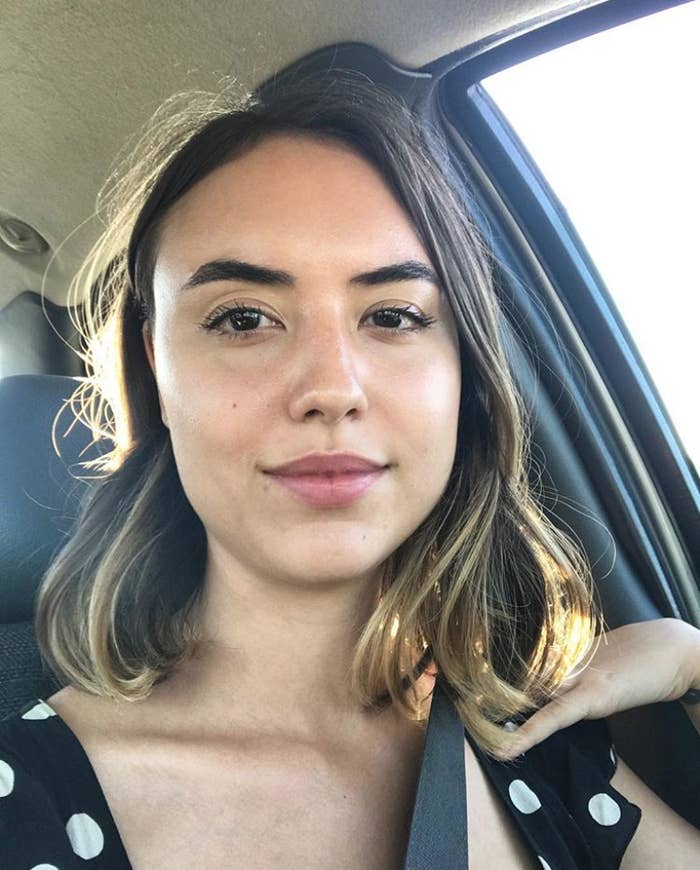
Over the next three months, she worked closely with Tyson, then 59, on the Cosmos set in Santa Fe. He was beloved by the crew, often having lunch with them, high-fiving everyone, and even putting on impromptu science demos.
Tyson quickly promoted Watson to be his assistant. She met his mother, wife, and son when they came to visit, and he met her dad, sister, and fiancé. She thought he was a charismatic and friendly guy — until the night of May 16, when she was driving him home after a long day.
Tyson invited her up to his apartment to “unwind” over a bottle of wine, she recalled. She felt uncomfortable as he gazed into her eyes and held her wrist to feel her “spirit connection.” They spent two hours together, as he made sexual references to song lyrics and described his need for physical release. As she was leaving, he took her by the shoulders and said, “I want to hug you so bad right now, but I know that if I do, I’ll just want more.”
On the car drive home the next day, Watson said, he told her she was “too distracting” to ever make it as a producer. She couldn’t stand the idea of working with him any longer. The following day, she reported the incident and her resignation to a line producer, who suggested that Watson tell everyone she was leaving due to a “family emergency.” So she did.
As she processed what happened over the next few months, her mind often went to the woman who claimed to have been raped, Tchiya Amet. Watson found her on Instagram and sent her a DM. “Hi there. I just wanted to reach out [to] say that I BELIEVE YOU about Neil deGrasse Tyson,” Watson wrote on Aug. 23.
On Thursday, Watson’s allegations were made public on a blog called Patheos, which had previously published Amet’s claims, twice. The new story also described a third woman, Katelyn Allers, an astronomy and physics professor at Bucknell University, who said Tyson had grabbed her and reached down the front of her dress to look at her tattoo at a scientific meeting in 2009.
With three women now making allegations on the record, the Patheos article spread far and wide, prompting Fox Broadcasting Company, which produces the show, and National Geographic, which airs it, to announce an official investigation. A spokesperson for the American Museum of Natural History in New York City, where Tyson has led the Hayden Planetarium for over 20 years, said that it has never received a complaint about him, but was also looking into the allegations. On Saturday, Tyson released a 1,600-word statement on Facebook, confirming many of the details of Watson’s and Allers’ allegations, and apologizing for what he deemed clumsy displays of affection that had been misunderstood.
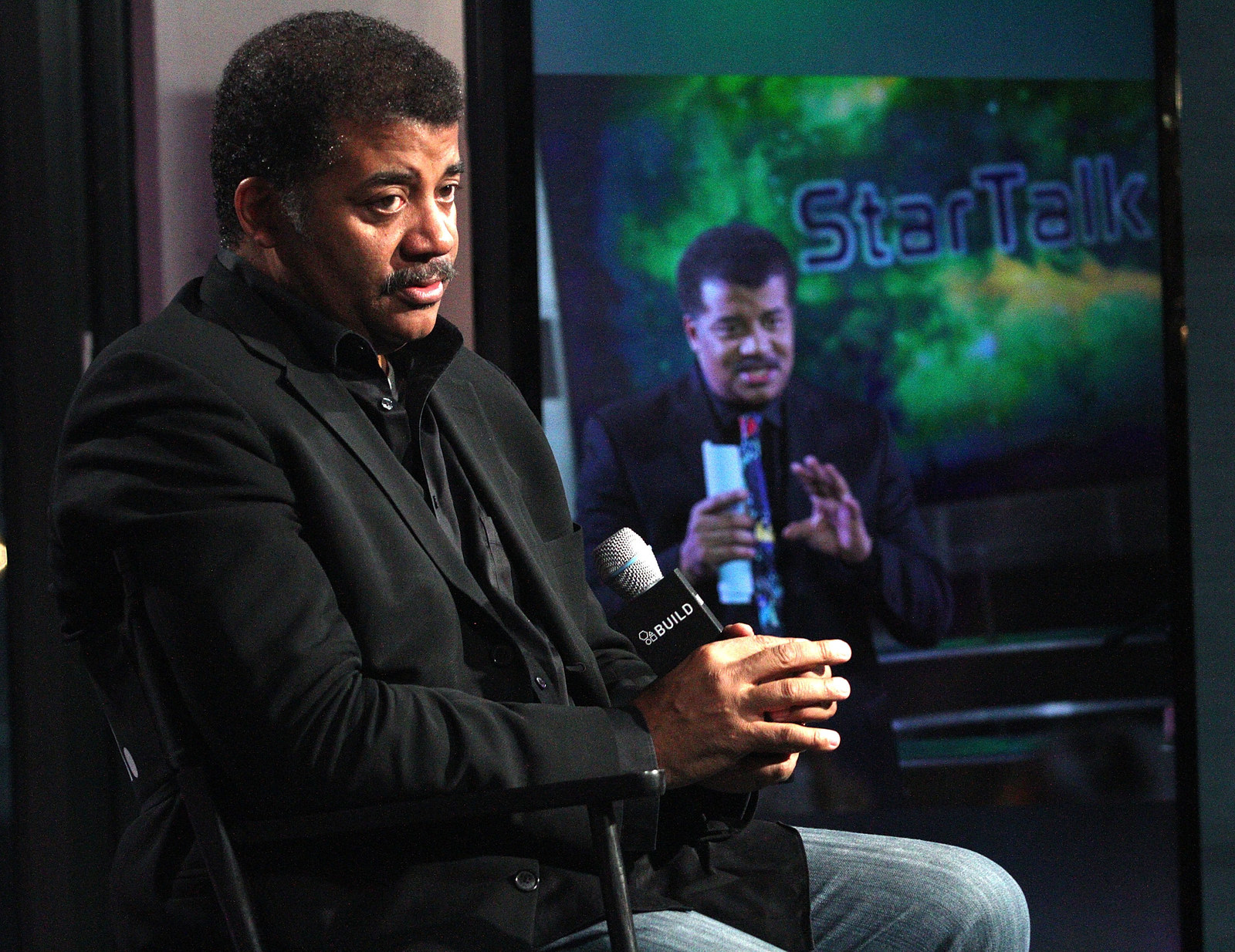
He also responded to Amet’s rape allegations, his only public acknowledgment of the claims in the four years since Amet first blogged about them. He said they had been friends in graduate school at the University of Texas at Austin, and had been “intimate” on a few occasions. But he denied raping her. Noting her “odd” interests in New Age healing, he suggested she had a “false memory.” (Watson, Allers, and Amet have disputed much of Tyson’s statement. Tyson declined multiple requests to comment on this story.)
Now a fourth woman has told BuzzFeed News her experience of sexual harassment from Tyson. In January 2010, she recalled, she joined her then-boyfriend at a holiday party for employees of the American Museum of Natural History. Tyson, its most famous employee, drunkenly approached her, she said, making sexual jokes and propositioning her to join him alone in his office. In a 2014 email shared with BuzzFeed News, she described the incident to her own employer in order to shoot down a proposed collaboration with Tyson.
Over the course of nearly three years, BuzzFeed News has spoken with more than 30 people for this story, including the alleged victims and their families, Cosmos crew members, and graduate students and professors who were at UT Austin 30 years ago. Dozens more from that time did not reply to requests for interviews.
Most of the people interviewed lamented the prospect that damaging allegations might take down the world’s most famous living scientist — and perhaps the most famous black scientist in history — beloved for eviscerating so many of the stereotypes of the stuffy, out-of-touch academic.
But for Watson and Allers, the tragedy was the loss of a different black scientist: Amet.
For years, Amet had been trying to make the world listen to her account of a powerful man who had once assaulted her and derailed her life. Mainstream publications, including BuzzFeed News, were unable to adequately corroborate the events from so long ago, and did not publish her allegations. And internet commenters assailed her character and New Age lifestyle. Her claims may have stayed buried forever, if not for the women who saw in Amet’s story a shadow of their own.
“I saw that her credibility was being questioned in a way that honestly had a lot of racist and sexist and anti-religious undertones,” Allers said. “I kinda figured if I had any credibility to lend to that so that she’s taken more seriously, I should do that.”

When Amet started grad school at UT Austin in the fall of 1983, she and Tyson were the only two black graduate students in the astronomy department. They lived in the same apartment building and were friends, according to interviews with nearly a dozen people who knew them at the time. But within a few years they’d both be gone from campus, headed on drastically different life paths.
Amet was born Staci Hambric, the child of restaurant owners on the South Side of Chicago. She’d wanted to study stars when she went to college, she told BuzzFeed News, but there was no astronomy major at Oberlin College in Ohio, so she settled for physics.
Her college experience was in many ways traumatic. Just before graduating, one of her friends killed his ex-girlfriend, leading to a murder trial. She was also sexually assaulted several times, she said, though she didn’t have the words for it then. One of her undergraduate physics professors, Bruce Richards, told BuzzFeed News he remembered Amet confiding in him about one incident, which he described as unwanted kissing.
When she got into UT’s grad program, she had dreams of becoming the first black woman astronaut. After arriving on campus, she asked Tyson, a third-year student who had given her a tour on an earlier visit, for help finding an apartment in his building.
School was overwhelming, and without an astronomy background, she did poorly in her introductory classes. During midterms, she had to travel back to Ohio to testify for the murder trial.
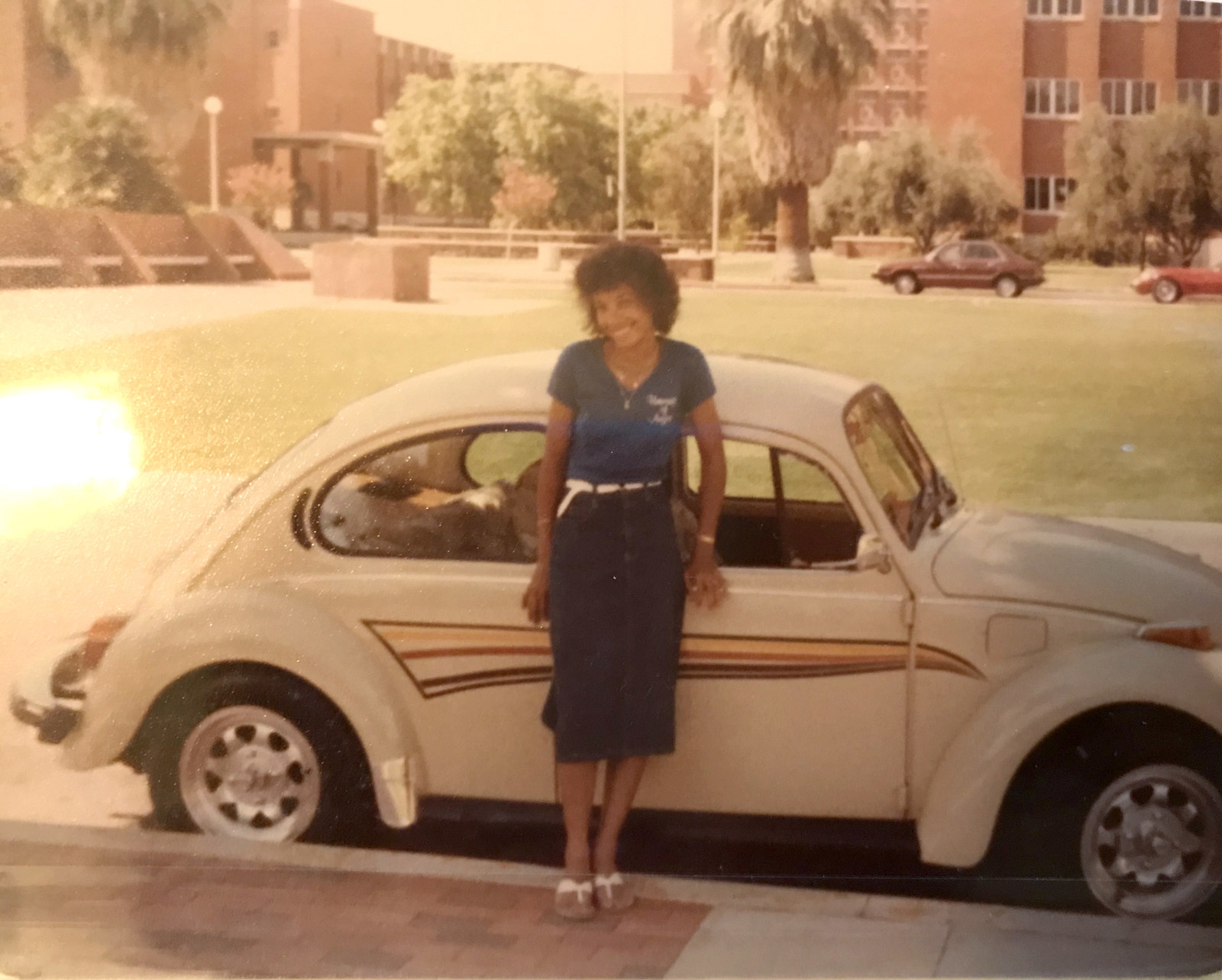
Frank Bash, an astronomy professor whose course Tyson assisted in, said that despite “working her butt off,” she struggled to keep up. The social pressures on her, too, were much higher than those on other students. “It’s worth noting that it was rare in the astronomy program in Texas to have a female graduate student,” Bash said. “It was especially rare to have a black female graduate student.”
She only had a few friends, and Tyson was one of them. “He was my friend. He was like a brother,” Amet said.
Like her, Tyson had studied physics in college, but at Harvard. His grad school classmates said he was extremely sociable and well-liked, a member of the competitive dance team, the rowing team, and the wrestling team. And even then he had a flair for science communication, writing a column called “Merlin’s Word to the Wise” for the observatory’s newspaper, and teaching a wildly popular intro to astronomy class that foreshadowed his future career.
Still, Tyson struggled as well. On rare occasions since, he has spoken about the pervasive racism he felt while a student in Texas.
“I was stopped and questioned seven times by University police on my way into the physics building,” Tyson told the UT Austin alumni paper in 2012. “Seven times. Zero times was I stopped going into the gym — and I went to the gym a lot. That says all you need to know about how welcome I felt at Texas.”
Amet’s academic struggles began to improve, she said, the summer after her first year, when she interned at UT Austin’s McDonald Observatory. When school resumed in the fall of 1984, she took a research class and liked it, making her feel more confident.
The rape, she said, happened one day that semester, at his apartment. He gave her a drink in a cup that looked like a coconut shell, she said, which she thought was water. The next thing Amet remembers is waking up naked in Tyson’s bed, seeing him naked performing oral sex on her. When he realized she had woken up, she said, he began to penetrate her. The rest of her memory of the day is fragmented, she said.
“I came out of it for a moment and shook my head, and then I went out again,” Amet said. “The next thing I knew, I was at class the next day.”
Amet said that the combined trauma of the rape and of testifying in the murder trial prompted her to see a therapist at the university. At that single session, Amet remembers the therapist suggested that she drop out of school, given her difficulties. And so, after just a year in the program, she did. (The therapist, who has since moved to a university in the Midwest, declined to comment for this story.)
Amet’s ex-husband, Mario Vela, told BuzzFeed News that around the time he first met her in 1986, she told him something bad had happened with Tyson, and that he came up many times throughout their marriage. Though Vela never heard her use the word “rape,” he did remember that she described being drugged by Tyson, and vaguely alluded to something traumatic. “It actually was a sore subject,” he said. “It bled onto our relationship. It caused emotional problems for her.”
No one else BuzzFeed News spoke to about that time had heard anything about a rape, or any romantic involvement between Tyson and Amet. And there was no paper trail. But it was a long time ago, many pointed out, and people didn’t talk much about this stuff then.
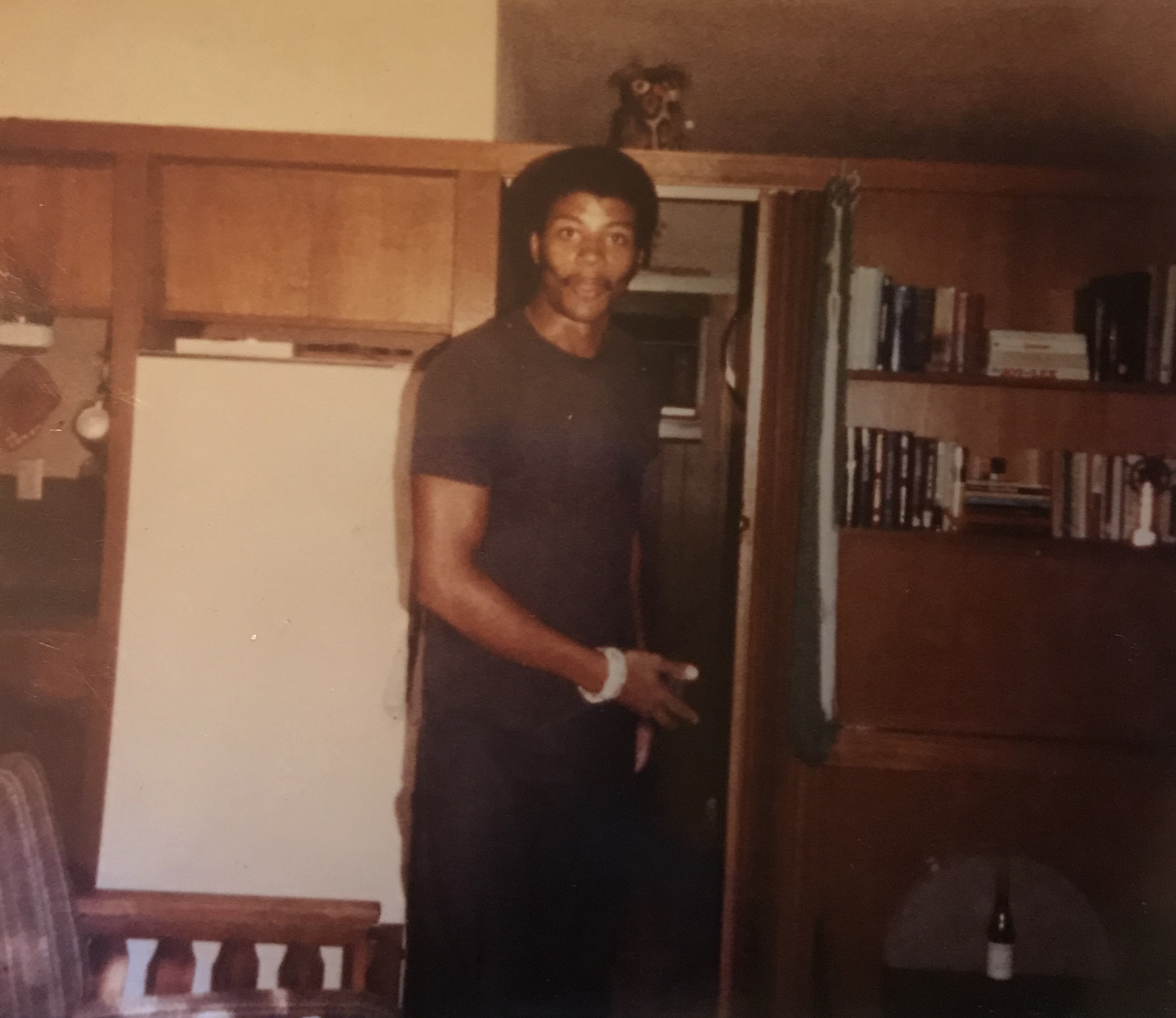
Some of Amet’s classmates do remember being perplexed by her sudden disappearance. Suchitra Balachandran, a former research scientist at the University of Maryland, said she recalled Amet leaving graduate school “under a cloud.” Even one of Amet’s good friends, Patricia Knezek, now an astronomer at NASA, was in the dark. “I was really surprised when she sort of disappeared, and I never heard anything,” she said.
Tyson, too, dropped out of UT Austin several years later, before joining a PhD program at Columbia University. “I still don’t talk about it much,” he told the alumni magazine in 2012, “because it was a failed experiment, and I’ve moved on from that chapter of my life.” After Columbia, Tyson would become the youngest person to lead the Hayden Planetarium, the host of a popular PBS show about space, and from there, one of the most famous scientists alive.
Amet would never return to science (though years later she reenrolled in a graduate program at UT for a semester, with a focus on ancient astronomy). She got married, homeschooled her two kids, moved into a small one-story house on an Indian reservation in Northern California, and then got divorced. She sang in a reggae band, and fully adopted a New Age way of thinking about the universe — rooted in energy, astrology, and ancient teachings, rather than science.
In 1995, as part of what she calls her spiritual healing, she changed her name to Tchiya Amet — which means “rebirth” and “truth” in Hebrew. “I did not want to identify with Staci — I wanted her to be dead,” Amet said.
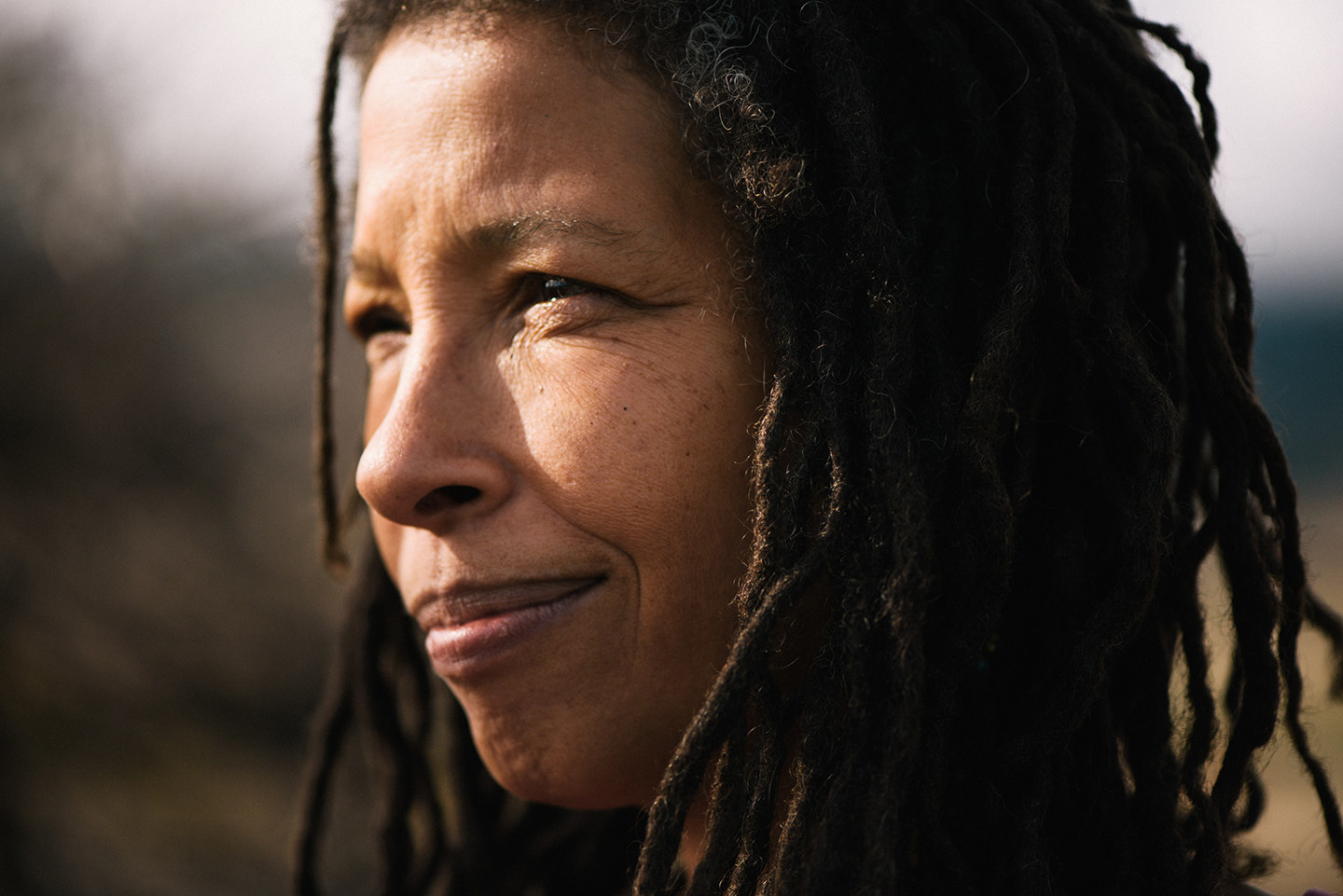
Nearly 30 years after the alleged assault, Amet said, she showed up at one of Tyson’s public talks in San Francisco and confronted him from the audience, claiming he had raped her. Four years later, she traveled to Austin to file a police report against him. Amet told the police she had waited so long, the report stated, because “numerous people” had said that Tyson was “a high profile person and that no one would believe her.”
One of the officers wrote that Amet “had tears in her eyes as she said this has affected her entire life: her marriage, her relationship with her children, her unrealized ambitions and the choices she had made over the course of her life.”
A week later, the police department reviewed the case and cleared it, finding that it surpassed the 10-year statute of limitations for sexual assault.
Four months later, Amet wrote a rambling blog post, as fragmented and disjointed as her memories of the incident, titled “I Survived RAPE by Neil de Grasse Tyson; The Blue Lotus Speaks!”
Amet hoped her post would call public attention to him and provide closure to her own trauma. Instead, the reaction was muted, contained to blogs, like the first Patheos post that Watson’s friend had sent her. They also circulated among some conservative agitators, like the notorious alt-right troll Chuck Johnson, known for media stunts discrediting sexual harassment claims and for publicly supporting racist conspiracies. (Johnson contacted Amet to interview her for a story, she said, but she declined.) Her claims didn’t get a significant audience until Patheos published its story about the other two women last month.
In his Facebook statement last weekend, Tyson denied ever drugging or raping her. “I remember being intimate only a few times, all at her apartment, but the chemistry wasn’t there,” Tyson wrote. “So the relationship faded quickly. There was nothing otherwise odd or unusual about this friendship.”
Amet, meanwhile, denies that she ever slept with him outside of the time of the alleged rape. “I do not remember any time being intimate,” she said. “That is simply not true.”
In his statement, Tyson referred to Amet’s new spiritual interests as a troubling sign of her mental instability. “For me, what was most significant, was that in this new life, long after dropping out of astrophysics graduate school, she was posting videos of colored tuning forks endowed with vibrational therapeutic energy that she channels from the orbiting planets,” he wrote. “Meanwhile, according to her blog posts, the drug and rape allegation comes from an assumption of what happened to her during a night that she cannot remember.”
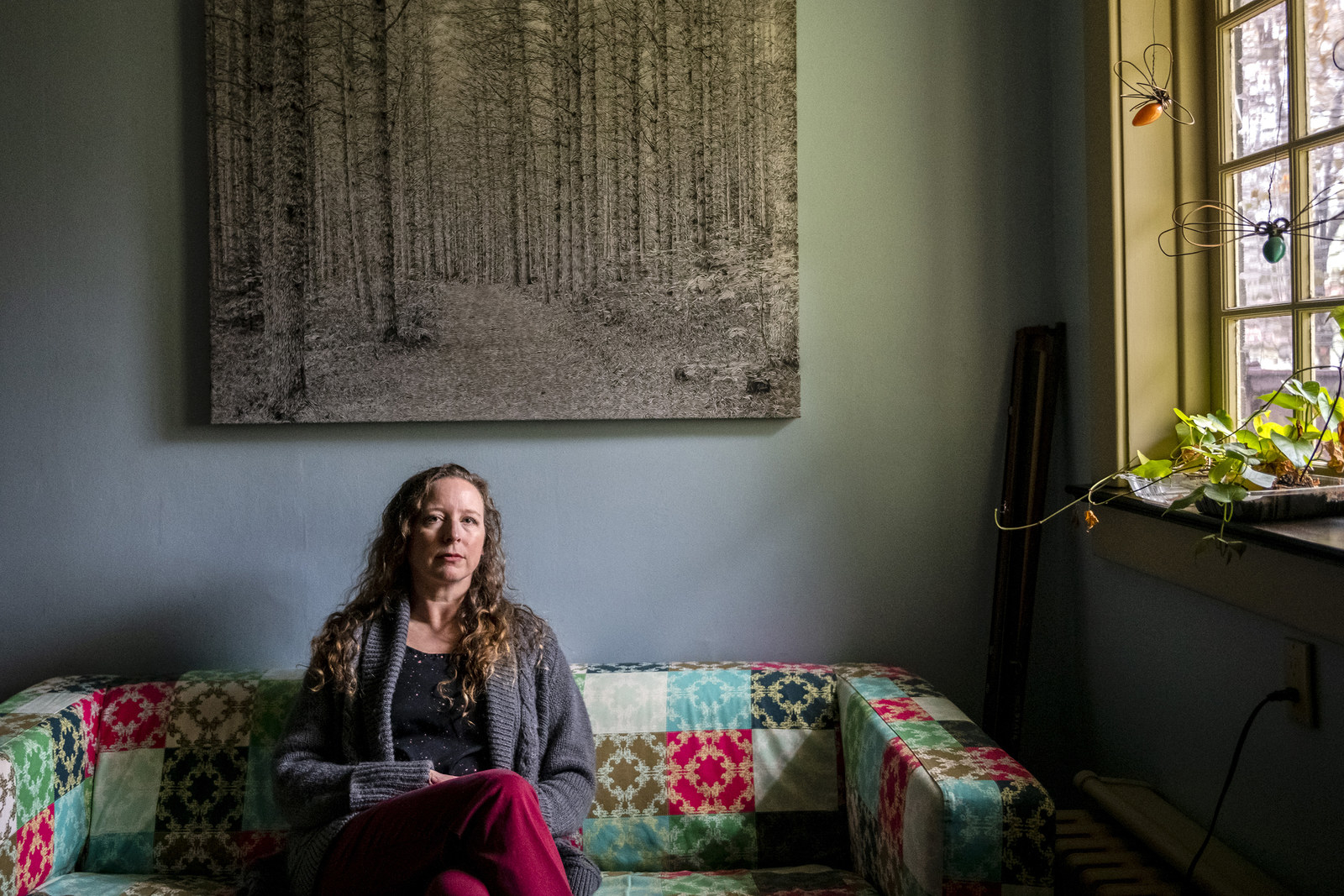
Reading the second Patheos story prompted Allers and Watson to speak out. And it was the news of the Cosmos investigation that spurred the fourth woman to speak with BuzzFeed News. She was upset about how the allegations against Tyson — including a rape claim — were being written off by many as an example of the #MeToo movement going too far. But these incidents happened well before #MeToo, she said, and often within the scope of his professional work. “These people don’t behave in silos — institutions protect them,” she said.
All three of these women say that Tyson’s behavior toward them was not simply inappropriate or clumsy; it was harassment. Their stories, they said, which all took place in professional settings, show a clear abuse of power. And his response, they said, ignored the real pain and discomfort that he caused under the guise of playfulness and goodwill.
Allers described an incident in 2009, at a party during the American Astronomical Society conference in Long Beach, California. She and her friend Trent Dupuy, both young researchers at the time, approached Tyson for a photo, she told BuzzFeed News.
As they chatted, Tyson grabbed her arm to get a better look at a large tattoo of the solar system that extended up her arm, shoulder, and chest. Tyson repeatedly told her he was “looking for Pluto,” which “involved him reaching into my dress and sort of looking down it,” Allers told BuzzFeed News. “It was an invasion of my space, inappropriate and sexual,” she said.
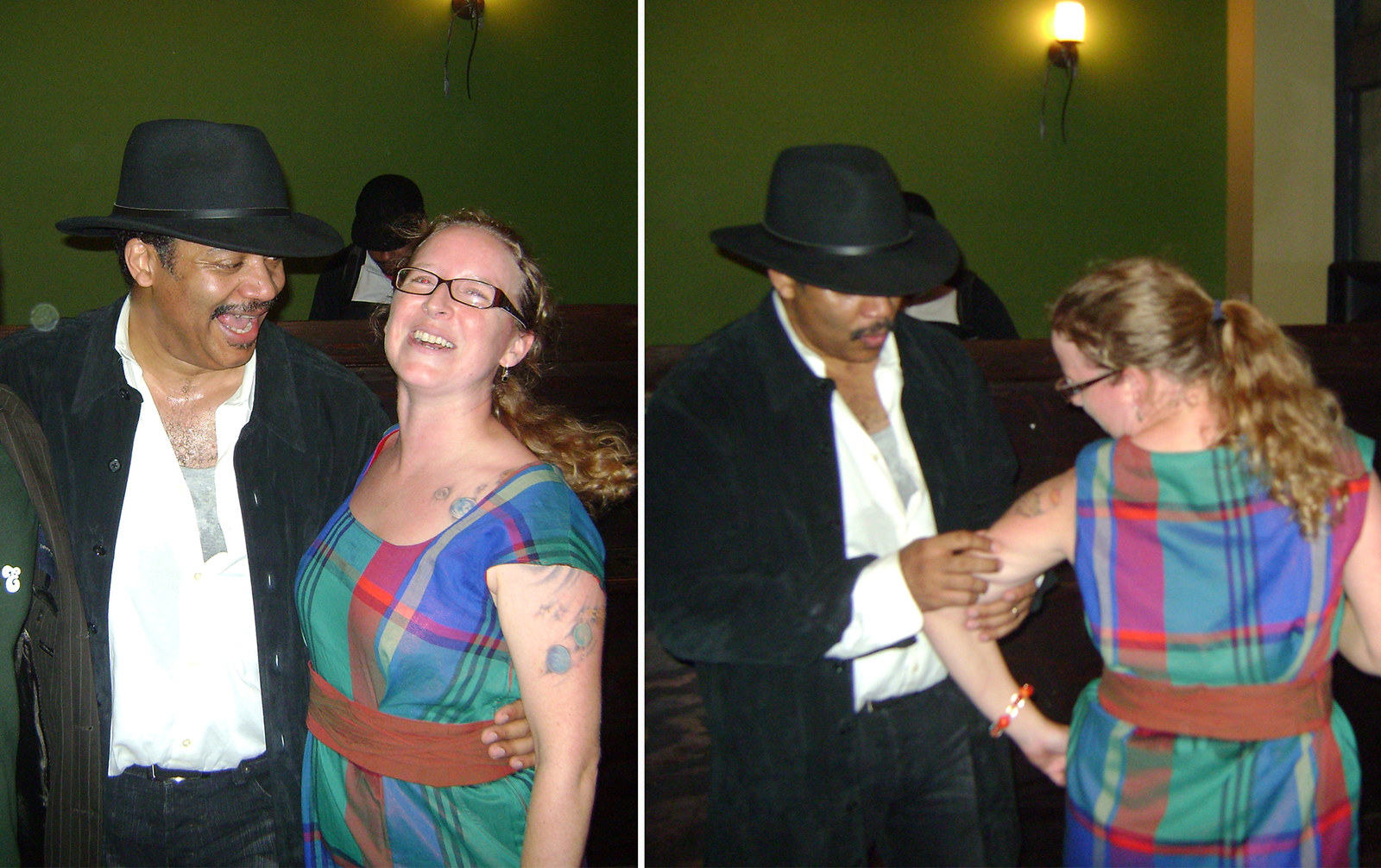
At that time, she noted, Tyson wasn’t the megastar that he is now. But he was a big deal among scientists, and she was a postdoctoral fellow.
“I think the power imbalance was a reason why I didn’t wrench my arm away from him and tell him to stop touching me,” she said. “You’re not going to do that to someone who is powerful in the field.”
Both Dupuy and another witness, who snapped the photo and requested anonymity for privacy reasons, confirmed Allers’ story to BuzzFeed News. The photographer said he saw Tyson walk his fingers along her arm and around the top of her dress. Dupuy said that the incident has been whispered about among their colleagues over the years, especially after a talk Tyson gave at a 2014 AAS meeting that raised eyebrows for containing comments that were seen as sexist and anti-gay. Bucknell astronomer Michele Thornley also confirmed hearing the story from Allers, after the university announced that Tyson would be visiting the campus and Allers was concerned he could be spending time with students unsupervised.
In Watson’s case, while she was employed as Tyson’s driver earlier this year, the uneven power dynamic was more explicit: Her job was to assist Tyson with whatever he needed for Cosmos, everything from stocking his apartment with snacks to planning a stargazing party he wanted to throw for the crew.

Shortly before the three-month Santa Fe shoot was set to end, Tyson passed Watson a handwritten note that said, “Can we talk later tonight?” She was hopeful because she thought he was finally going to offer her a job with the crew on the second leg of the shoot, in Europe.
Late that night on their drive, she asked him what his note was about. Tyson asked if she wanted to share a bottle of wine with him inside his apartment to “unwind for a couple of hours.” Watson responded that she had to pick him up before sunrise, but agreed to come up for a glass of wine, hoping for the job offer.
Once upstairs, Watson said, Tyson took off his shirt so he was only wearing a white undershirt, poured her a glass of wine, and put on some Nina Simone. He repeated the lyric “Do I make you quiver,” noting how much he loved that line. He assembled a cheese plate, sat down across from her, and talked about his need for emotional, spiritual, and physical releases. He asked her if she required releases too.
After about two hours of discomfort, Watson said she had to leave. He told her he had to give her a “Native American handshake” and asked her to extend her two fingers while he extended his so that they could feel each other’s “spirit connection.” They locked gazes for 10 seconds, Watson says, before she felt too uncomfortable to continue. Before she left, standing between her and the door, Tyson held her by the shoulders and said, “I want to hug you so bad right now, but I know that if I do, I’ll just want more.”
The next evening, when he told her she was too “distracting” to make it as a producer, Watson decided she couldn’t work for him anymore.
The following day, she reported the incident to her manager, Kenneth Burke, who asked her if she wanted to file a claim. Watson said no, but told him she hoped they wouldn’t replace her with another young woman. (Burke did not respond to questions from BuzzFeed News about whether the incident was reported to upper management. National Geographic did not respond to questions about whether it has a policy of mandatory reporting on set.)
When she told Tyson she was quitting, he responded, as he did in his Facebook post, by saying he didn’t realize he’d made her uncomfortable. Then, she said, he read her a speech he’d given about overcoming adversity as a black scientist.
The next day, Tyson sent her a long, friendly email, offering her the leftover snacks and wine in his fridge, describing enjoying an episode of Black Mirror she’d once recommended, and saying, “Miss you already.” He also said he’d reached out to a manager on set about having Watson do production work on Cosmos, the job she had always wanted. “In any other situation, I’d be like, hell yeah,” Watson told BuzzFeed News. “But I knew it wasn’t a genuine offer.”
Four people, three of whom were also on the crew for Cosmos, told BuzzFeed News that Watson spoke to them about what happened in the months after she left. Texts and emails corroborated three of their accounts.
The fourth woman, the one who said that he came on to her at a museum holiday party in 2010, told two friends about what happened shortly after that night, they both confirmed to BuzzFeed News. She wrote about it to her own employer four years later, she said, because they were considering inviting him to speak at an engagement.
Tyson’s star power is completely tied to his reputation as a truth-teller, she added. “We take his word at face value,” she said. “I think he's exploiting that relationship to get people to believe him.”
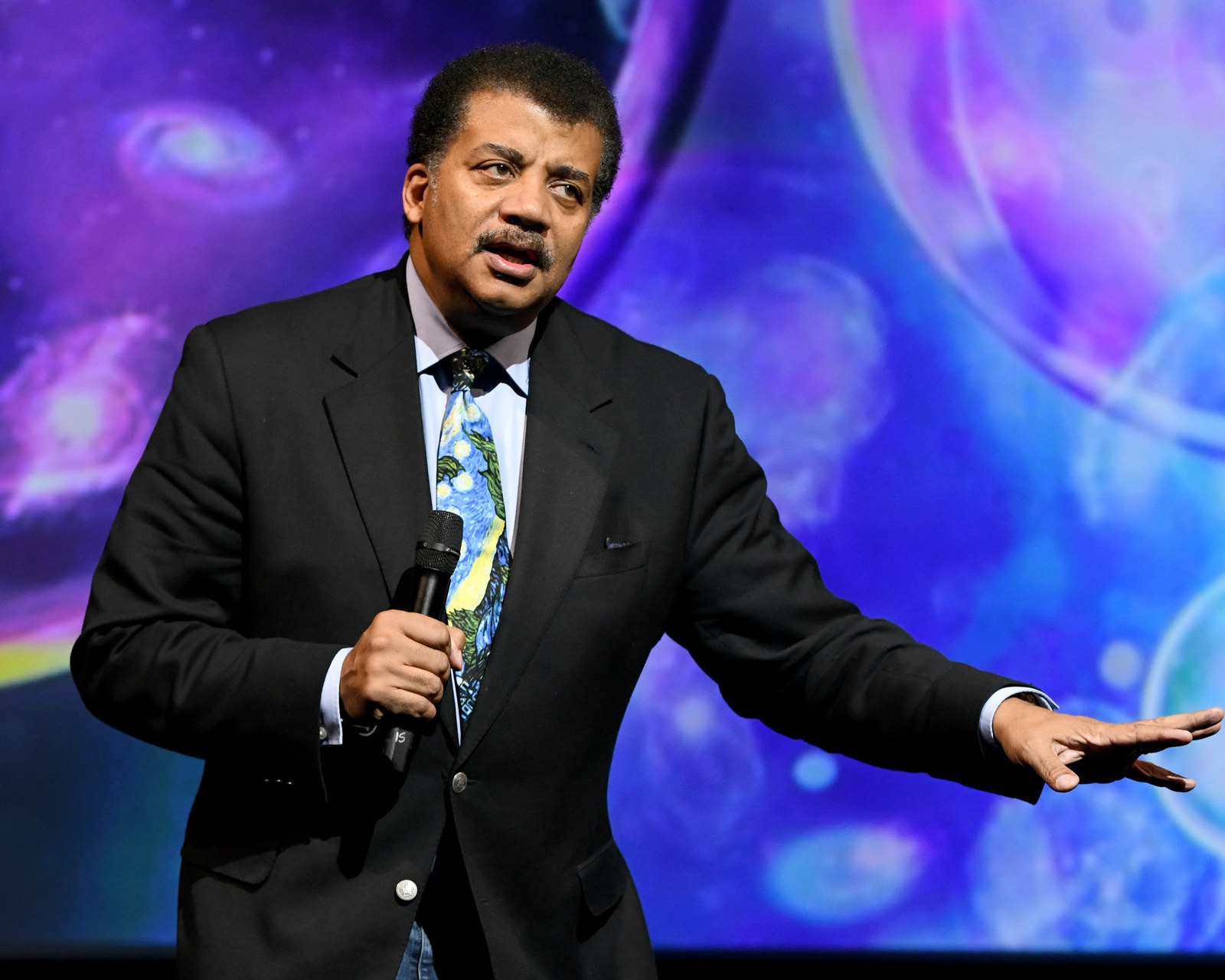
All four of the women who have accused Tyson spoke of a desire to hold a seemingly untouchable public figure to account, a goal that now rests on the various investigations underway.
Contacted by BuzzFeed News for comment, American Museum of Natural History spokesperson Anne Canty said that museum staff were unaware of the fourth allegation, but will look into it as well, “to the extent we are able to ascertain the facts.” Fox Broadcasting Company and National Geographic declined to comment for this story.
“The credo at the heart of COSMOS is to follow the evidence wherever it leads,” said a statement from the show’s producers. “The producers of COSMOS can do no less in this situation. We are committed to a thorough investigation of this matter and to act accordingly as soon as it is concluded.”
That investigation appears to be in its early stages. Investigators are interviewing Watson on Wednesday, she said. Neither Allers nor Amet has yet been contacted by the network.
The next season of Cosmos will air in the spring of 2019.●
Katie J. M. Baker contributed reporting to this story.
UPDATE
This post has been updated to note that Amet reenrolled at UT Austin for a semester, with a focus on ancient astronomy.
CORRECTION
Suchitra Balachandran is a former research scientist at the University of Maryland. An earlier version of this story said she still worked there.
